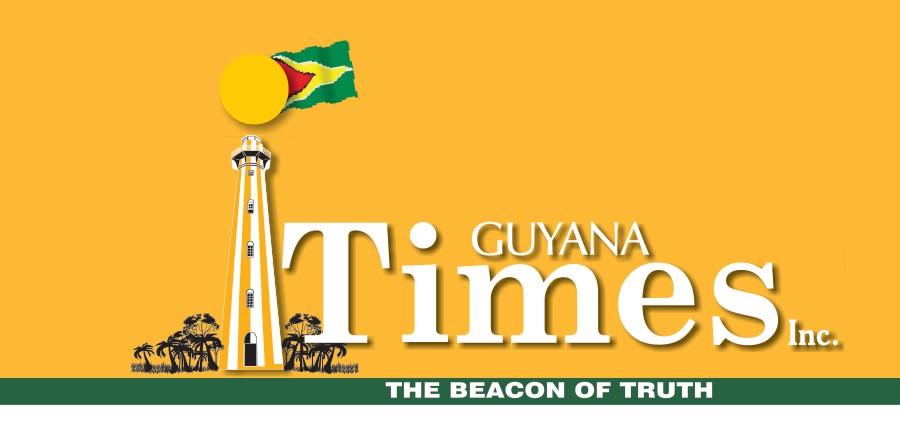After issues and concerns were raised regarding land boundaries and illegal mining during the recent National Toshaos Council (NTC) Conference in May, Government, through several ministries and agencies, have been working with Indigenous communities to have them resolved.
According to a Department of Public Information (DPI) news report, concerns about land boundaries, and claims of illegal mining were presented by both residents of Jawalla, Region Seven, and Paramakatoi, Region Eight, at the Conference.

Jawalla: Land demarcation
Jawalla is contesting that the village is larger than what it is currently, and the boundaries therefore, are not accurate.
This presents a unique challenge that can only be resolved by the Guyana Lands and Survey Commission (GLSC), which has the primary responsibility for all land demarcation across the country, the report said.
In an attempt to resolve this issue, Minister of Natural Resources, Vickram Bharrat, Permanent Secretary of the Ministry of Natural Resources, and senior officials of the Guyana Geology and Mines Commission (GGMC) met with the representatives of Jawalla Village during NTC Conference, and discussed the specific boundary concern.
The guidance from Minister Bharrat to the representatives was for Jawalla to undertake a demarcation process, which would, in effect, bring much-needed clarity; however, the community representatives rejected this.
The cost of demarcation is borne by the state and community members; they do not have to be burdened with this expenditure, the news report noted.
Mining
Jawalla is currently recognised as Titled Amerindian Lands, meaning it is legally owned by Guyana’s First Peoples.
Before this significant achievement, 5 small-scale properties (or claims) existed and were licensed to operate within this area.
As stipulated by the Amerindian Act Section 48(1 & 2), any mining operations must have the seal of approval from the community. Therefore, the existing miners who were allocated the legal means to operate in Jawalla before it became titled are now in a position where their claims are surrounded by village lands.
In an invited comment to the DPI, Jacques Foster, Deputy Commissioner, Administration, GGMC, highlighted that there are no large-scale or medium-scale mining within the recognised Jawalla boundary.
Following NTC engagements, Foster sat down with community representatives and further committed to having the concerns addressed by exploring all avenues and mechanisms that would lead to the relocation of the current miners.
He told the DPI that as part of the commitment, a team was dispatched to the area to investigate allegations of illegal mining, environmental concerns, and conduct a site visit to the claims within the village lands.
The report from the completed field exercise would guide the next steps in providing closure for all parties.
Minister of Amerindian Affairs Pauline Sukhai also held discussions with Jawalla’s community leaders and reiterated the Government’s willingness to engage with community stakeholders.
Paramakatoi
Meanwhile, the GGMC has acknowledged the concerns raised by community representatives from Paramakatoi, and stated that claims of illegal mining were directly addressed after a thorough investigation was completed several months before being raised at the NTC. Allegations of illegal mining, disenfranchised villagers and a dispute over a mining property spurred the investigation.
Upon investigating, GGMC determined that the disputed area was legally held by a medium-scale permit, and the mining claims were incorrectly represented to be within the medium-scale area. The correct location of the claims was 9 miles away from where the persons were attempting to place them.
This meant that the initial complaint of illegal mining did not match what occurred. The medium-scale mining operators were within their legal parameters to conduct their operations and therefore, were not in breach of the laws.
With respect to the allegations of threats and security concerns, the Guyana Police Force (GPF) investigated these matters.
The Ministry of Natural Resources, the Ministry of Amerindian Affairs and the GGMC continue to engage with all stakeholders via open-door policies and official open days.
The Government, the DPI report said, remains committed to ensuring that all Amerindian communities benefit and develop alongside the rapid pace of transformation, ensuring no one is left out.
Conferences like the NTC continue to serve as a progressive avenue for meaningful engagement with Amerindian communities across the country, aiming to propel the transformation of these villages and the lives of their residents.
Discover more from Guyana Times
Subscribe to get the latest posts sent to your email.











